To develop productive talk in your classroom, it’s worth providing simple structures to encourage pupils to think more deeply.
One helpful structure is PMIQ. This is based on an idea from Edward de Bono – famous for his Thinking Hats. In PMIQ, pupils discuss their task or idea using four headings:
Plus / positive
Minus / challenge
Interesting
Question
PMIQ can be used to reflect on an activity, or to discuss a single talking point. It can be a way to test out creative ideas and decide what action to take.
Example 1
Reflecting on making a pulley to raise the sail on their model Viking ship
Plus: It was really fun seeing the sail go up when we pulled the string.
Minus: It was difficult to get the mast to stick onto the deck.
Interesting: It was interesting to learn how a pulley could be made from two big cardboard circles and one small one.
Question: How could we make our mast stronger?

Example 2
Discussing the talking point: The government is thinking of making all food free.
P The problem of food poverty will end.
M People might eat too much unhealthy food.
I It could reduce inequality.
Q Without competition, what would happen to the quality of food produced?
Done regularly, structures like this will become familiar and easy to use. They can be used in pair talk, group talk and whole-class talk. Consider making PMIQ part of your toolkit for high-quality dialogue.
An example of using children’s wonderings to guide a philosophical discussion
My top three strategies to make sure every pupil speaks during whole-class learning
The importance of positive, transparent systems for deciding who responds
Statements to get your class thinking and talking in the lead-up to the holidays
Three steps to help your class develop their listening skills
Ways to keep everyone engaged and develop the community of enquiry
What will happen when you remove the fear of being wrong?
Use talking points to get students thinking and talking about a painting


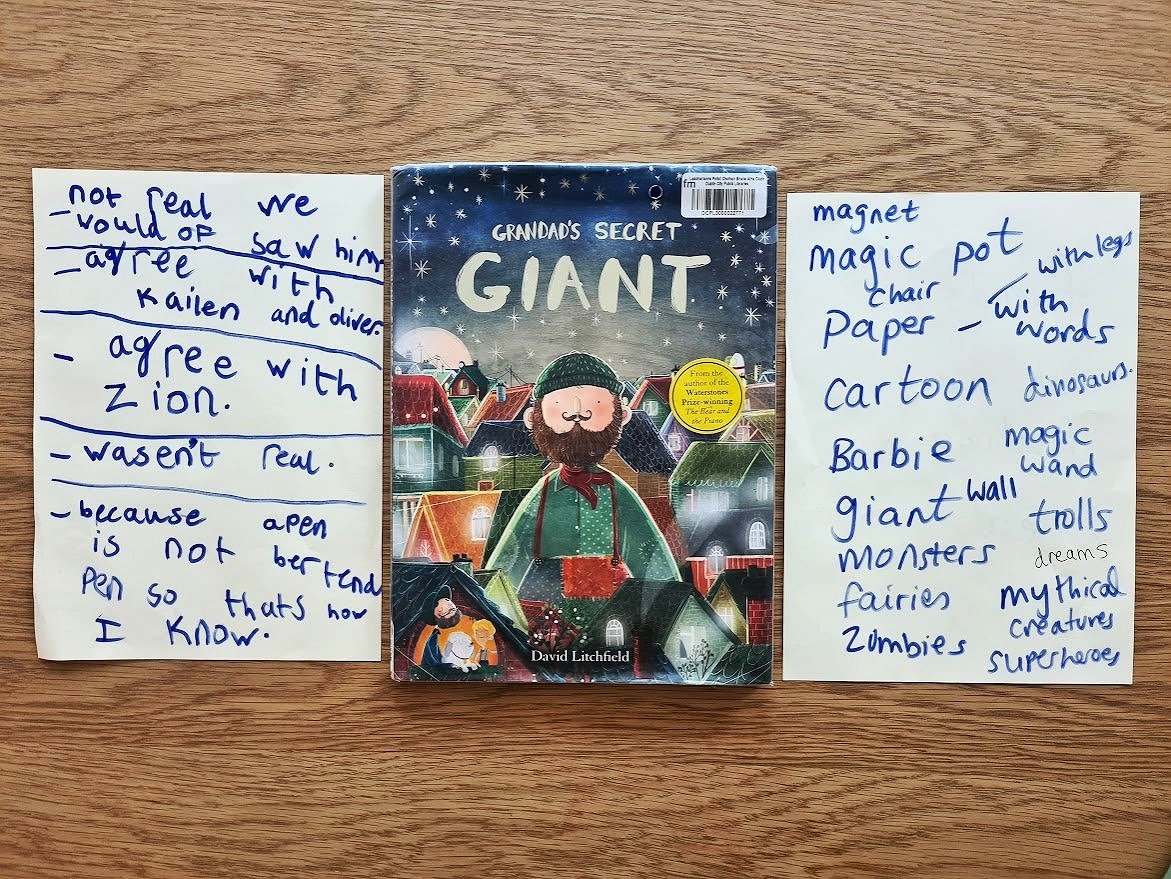
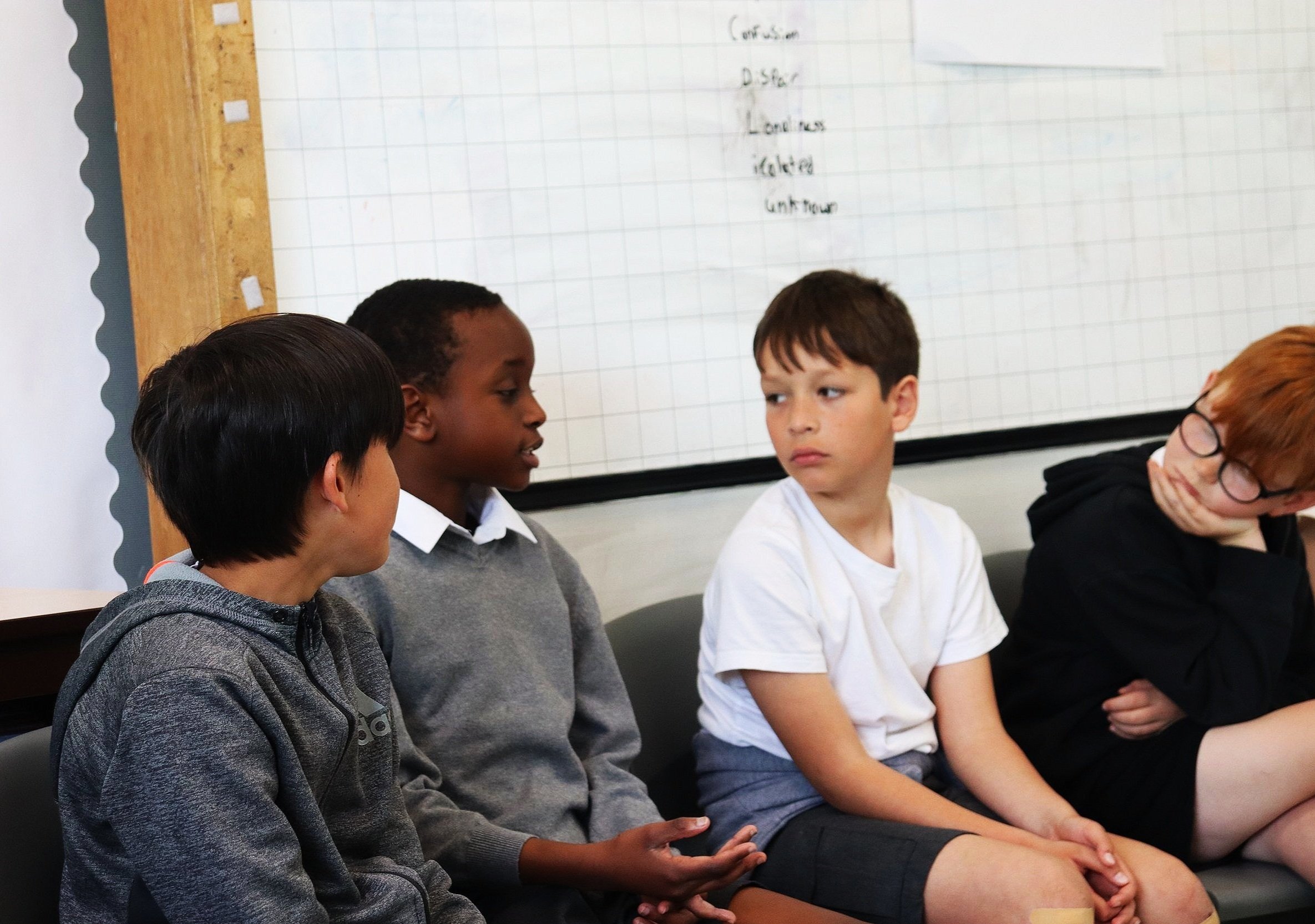




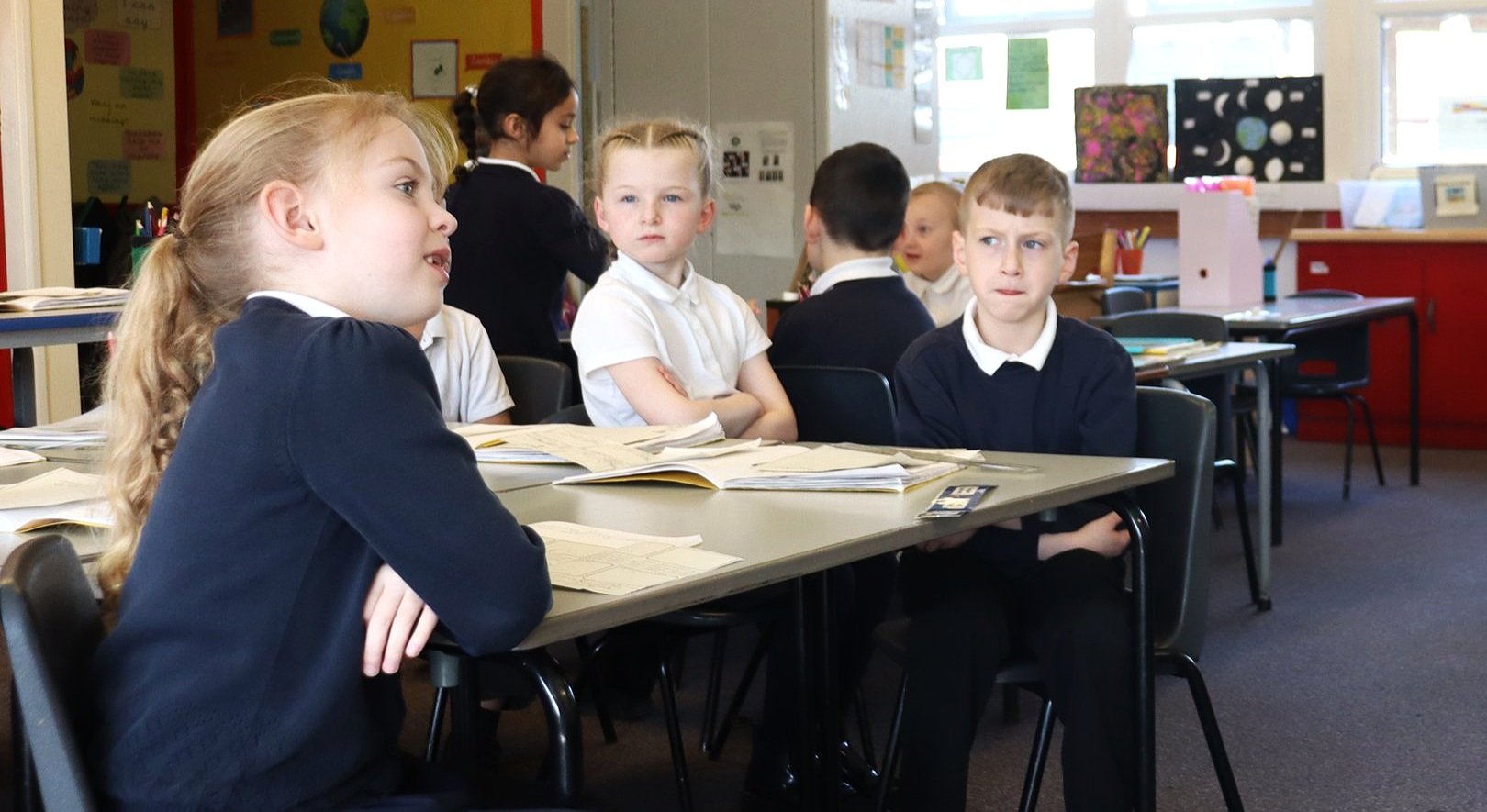







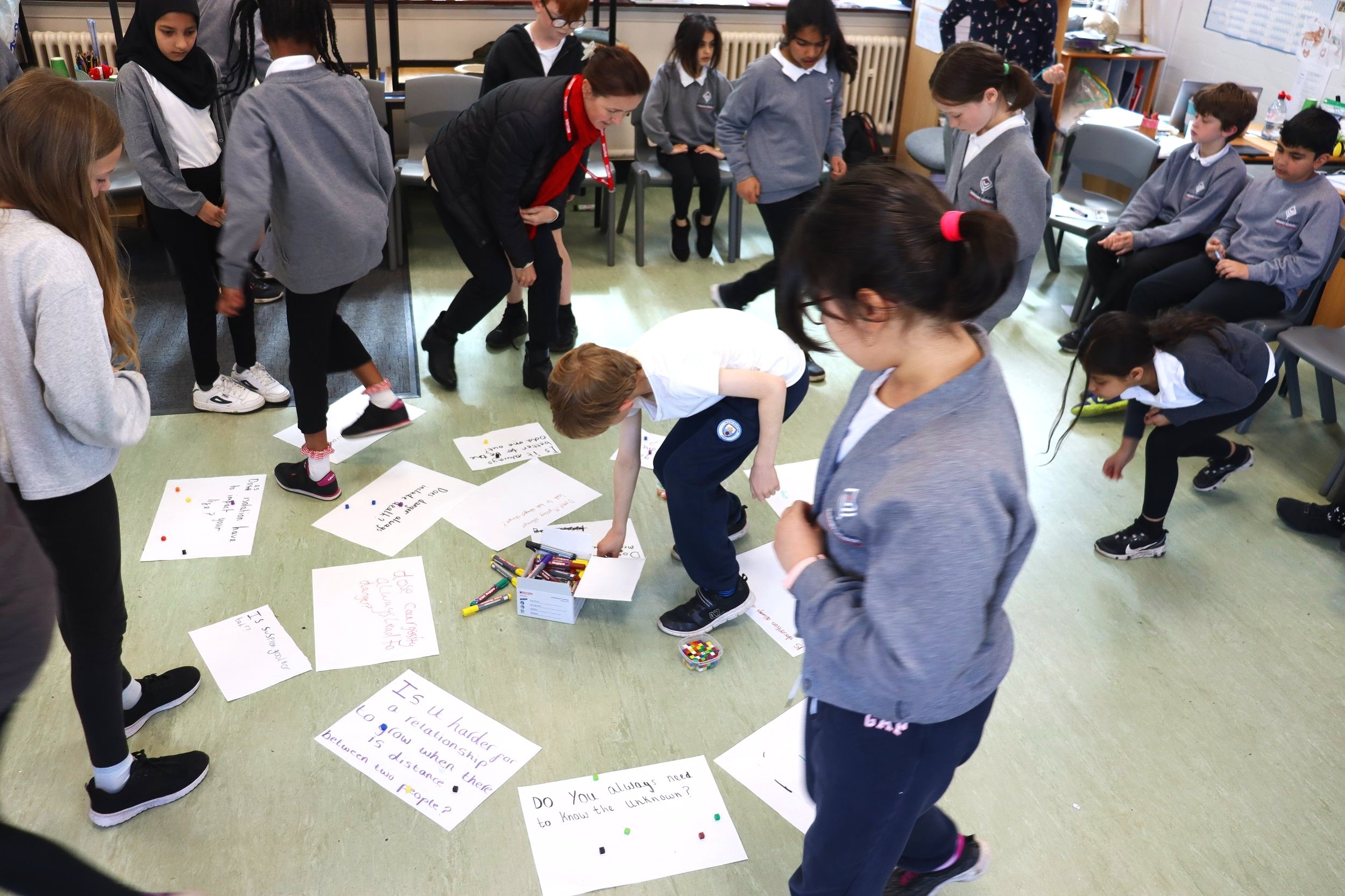

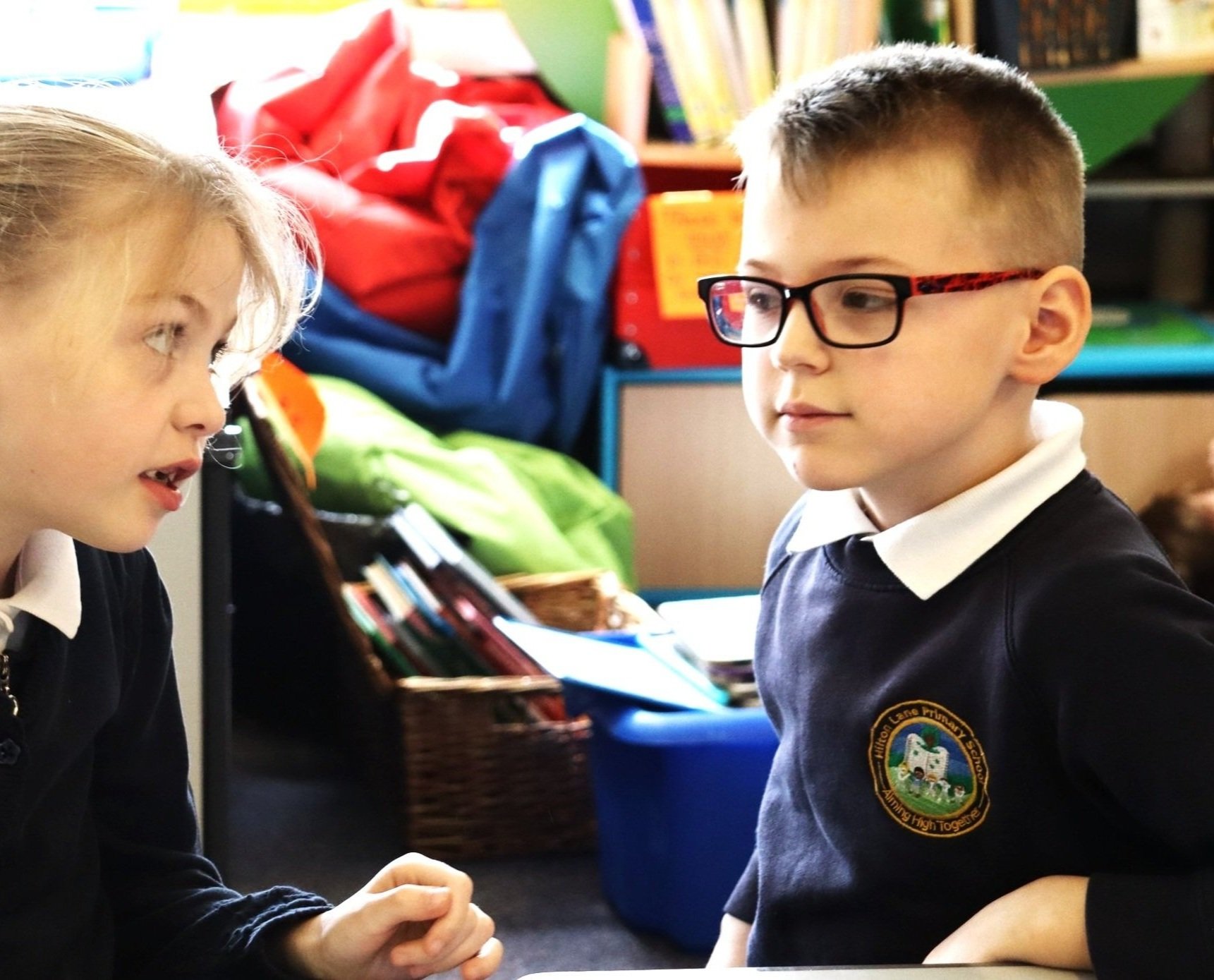




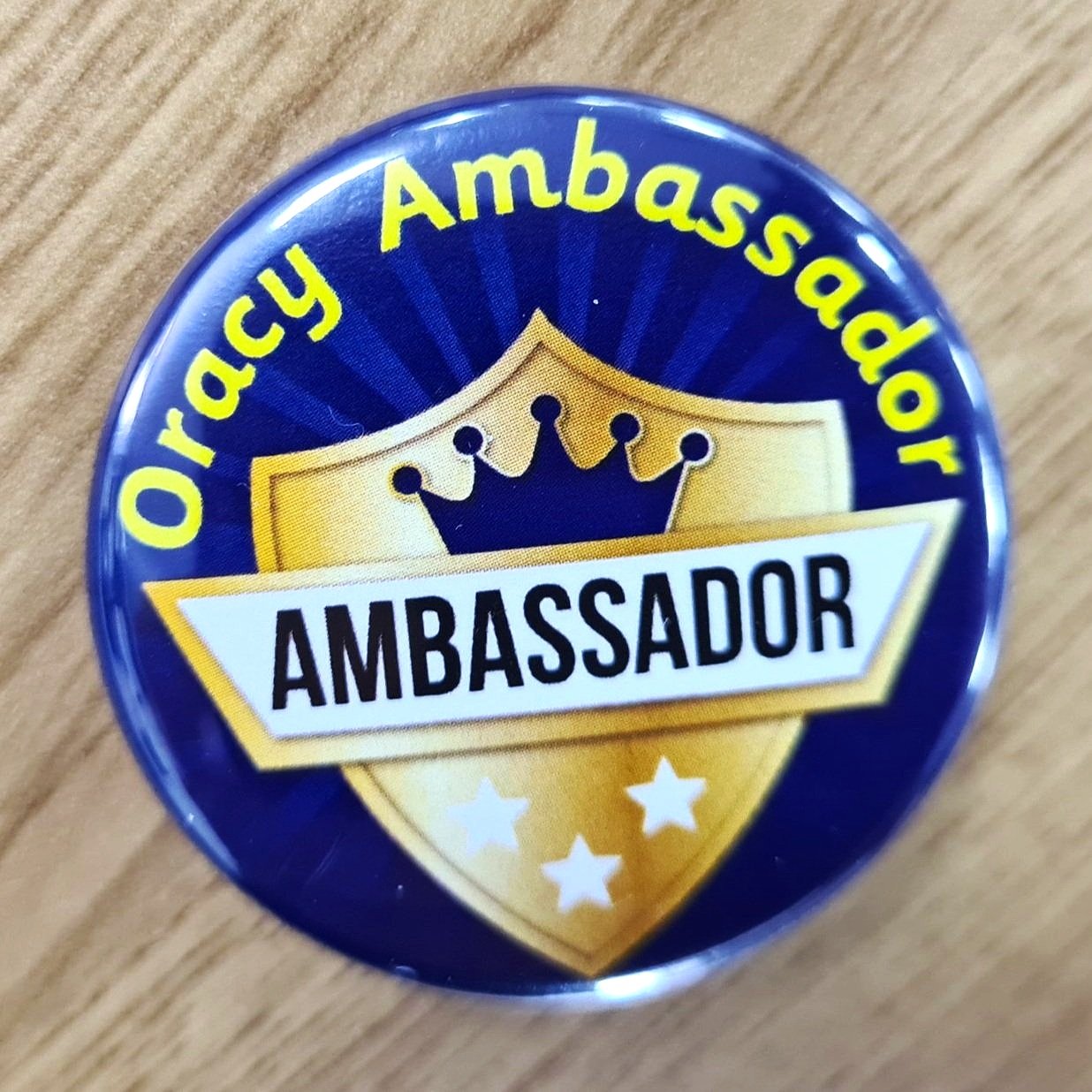






Can they remember what everyone else said?